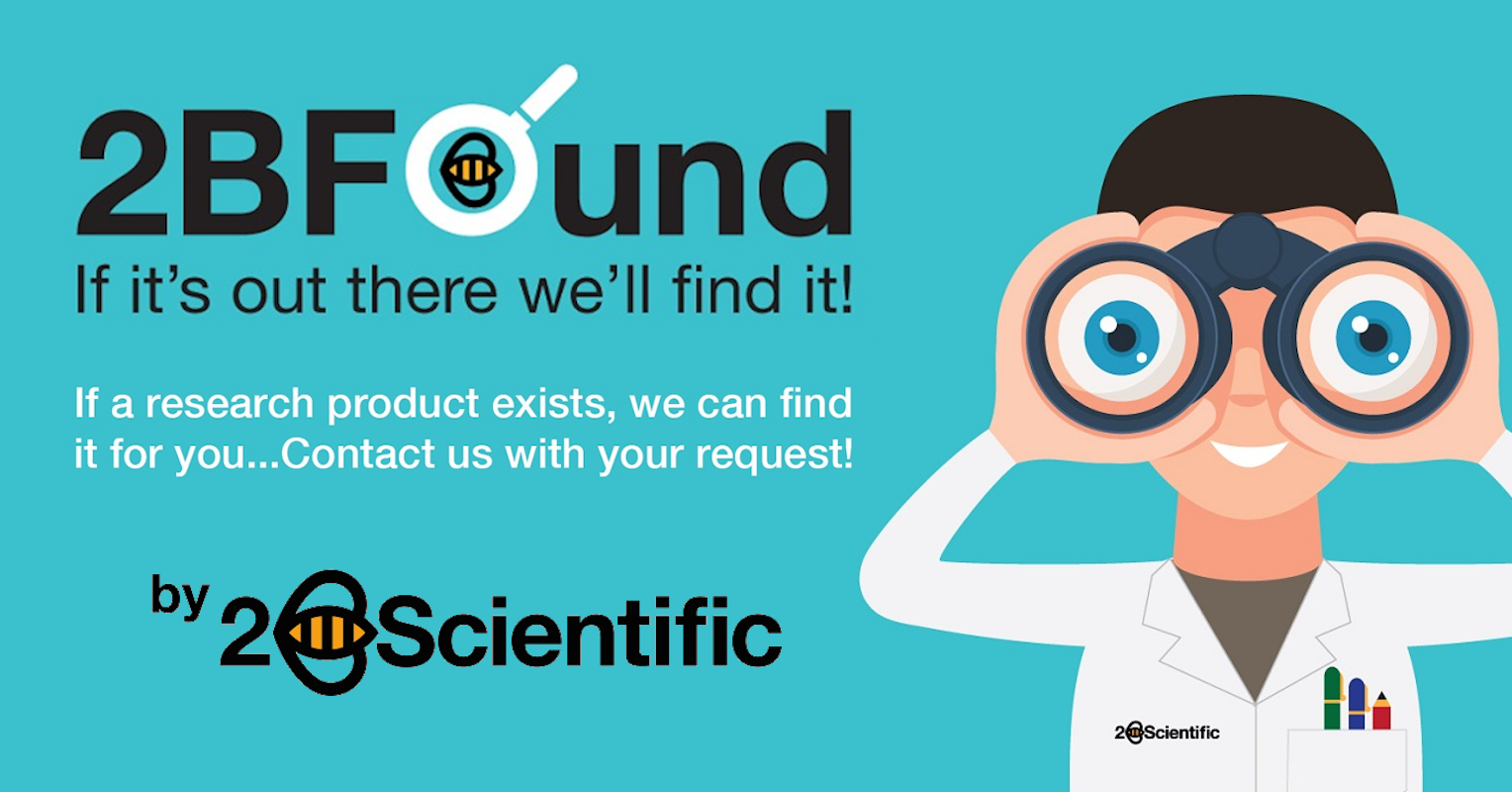Which DAB ?
Diaminobenzidine (DAB) is a staple reagent in the histology laboratory with the majority of immunohistochemical stains using it as the end point. This precipitating peroxidase substrate can deposit discretely, can be mounted either aqueously or in organic mounting media (with dehydration) and has a good colour contrast with the common nuclear counterstains. Any researcher looking for ‘DAB substrate’ will come across a plethora of DAB products, with quite a range of different prices, so what do you need to know to choose the right one for your lab?
The needs of different labs can vary widely, between high throughput labs processing hundreds of slides a day to smaller labs processing small runs occasionally. Whatever size your lab, reliable, reproducible, and accurate results in the safest possible manner delivered within budget are the aim!
When substrates are changed, staining protocols for antibodies should be re-optimised and made consistent with previous methods if needed. For studies where comparative/ semi-quantitative staining will be required throughout, or the parameters may change during the study (such as variable run sizes), these factors are best considered at the start of the study where possible.
Sensitivity
One of the main things the top of the range DAB kits should give is more sensitivity. Although they come with a seemingly high price tag, the higher sensitivity of the substrate will often allow primary antibodies to be used at much lower concentrations. Although the optimal dilution needs to be determined empirically, many antibodies can be stretched 2-4x further with ‘next generation’ DAB substrate kits compared to older varieties. As primary antibodies are often the most expensive part of an IHC test, sensitive substrates can help reduce the cost per test overall.

Buffer included format
Peroxidase substrates can come either with the buffer included, or to be made up in the laboratory’s distilled water or buffers. Although it is not desirable to ship ready-to-use buffer in kits as it is heavy, water quality for peroxidase substrates can have significant impacts. Some water preparation systems relying on filter cartridges to clean lab water have been known to produce variable results; historically as the cartridges aged, an increase in peroxidase inhibitors in the water diminished the staining. Building works on laboratory sites have also been known to affect water quality as supplies were routed through different pipes. For these reasons, some substrate kits will include the ready-to-use buffer as manufacturers found it helped ensure the kits were reliable and staining was reproducible by helping control this important variable which can be out of the researcher’s hands!
Safety
DAB is a suspected carcinogen. Originally DAB was supplied as a powder, to be weighed and dissolved by each laboratory, then DAB tablets became popular, reducing contact time. DAB provided in liquid form is preferred by many laboratories as a safer option to powders and easier to contain with standard laboratory practices.
Stability of the working solution/ Flexibility of run size
Peroxidase substrate working solutions can have a very short shelf life, often being required to be used within about 30 minutes of being made up. Later varieties of DAB were designed to be stable for use on automated stainers; in large pathology labs, pressures on staining machines meant that intervention free processes were a must – a stabilised DAB enabled minimal hands on time and a run can complete without an attendant, even permitting a run overnight.
While the budget for an autostainer is a dream for many researchers, the stabilised DAB can help manage waste in the lab. With stable DAB working solutions, remainders of working solution can be used up the following day, and they often come in formats that offer more flexibility on the volume of working solution made up each time. DAB tablets often make up 5ml of solution at time, variations are not possible without breaking up tablets which is not recommended! Liquid DABs are much more flexible for making the right amount of working solution, some are 1 drop of concentrate to 1ml of buffer, others mix equal volumes of the buffer and chromogen to enable a precise amount of working solution to be made each time, depending on the size of the run. This saves reagent and also the cost of disposing any un-used working solution, which should always be done in accordance with local regulations.
Nickel
DAB can be used to produce not only the brown colour often used, but can also create a grey colour that can be used as a first substrate in a multiple labelling experiment alongside DAB as the second label. This is an excellent inexpensive option for multiple labelling if the grant is tight, however unused nickel chloride solution also needs to be disposed of safely, which may be less desirable in a lab where only the DAB-brown colour is required. Vector’s DAB peroxidase substrate kit SK-4100 includes a nickel solution to make the DAB+Ni working solution.
Comparison of DAB solutions from Vector Laboratories:-
| Sensitivity | Buffer included? | Working solution volume made | Stability of working solution |
|---|---|---|---|---|
DAB Tablets | + | - | 5ml aliquots only | 30 minutes |
++ | - | 5ml, but can be scaled by number of drops dispensed Kit makes 300 ml working solution | 30 minutes | |
++++ | + | 1ml, add 1 drop per ml buffer to be made. Kit makes 120 ml | Several days at room temperature, longer at 4C * | |
++++ | + | Mix Equal Volumes buffer and chromogen as desired. 100ml or 400ml as stock kits | Several days at room temperature, longer at 4C * |
* DAB is always best ‘fresh’ where possible. When being used over several days in a quantitative assay, daily controls for standardization are advised.
Still have questions? Do get in touch and we will do our best to help!

